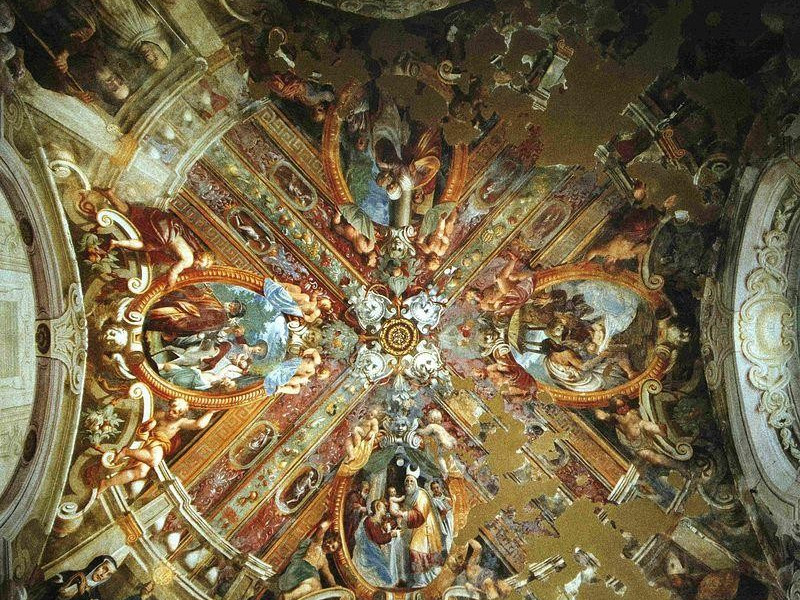Certosa di Parma
St. Jerome' Charterhouse, called "The Charterhouse of Parma", is a complex of buildings outskirts of Parma, in the St. Lazzaro district. For about 500 years it was home to a Carthusian monastery, but the original buildings, built between 1285 and 1304 on the initiative of Rolando Taverna, no traces remain. The complex was impressive right from the start: included a church, two cloisters and the monks's cells, all surrounded by the walls external perimeter. In its first period, the Charterhouse was famous for school activities that took place within it. Towards the middle of the sixteenth century, the complex was destroyed and between 1673 and 1722 was built, designed by Francesco Pescaroli, the current Baroque church and a new monastery, still well preserved. In 1769 the Carthusian monastery was suppressed and the building was drastically renovated to accommodate a tobacco factory, the "Ducal Factory Tobacco of Parma", one of the most important in northern Italy, who started the business in 1805. Since 1900, the monastery was turned into a reformatory. From December of 1975 to today, the Charterhouse is home to the School of Education and Upgrading of the Penitentiary Police.

